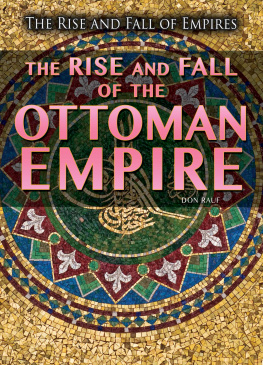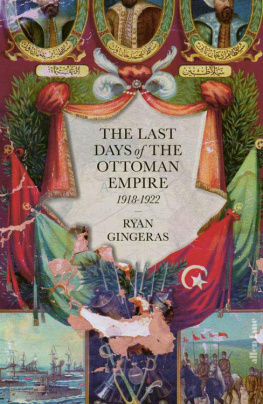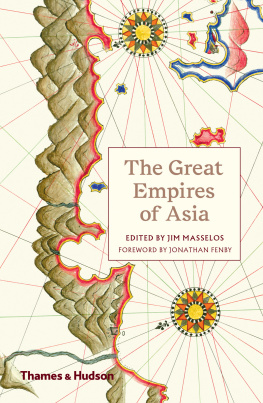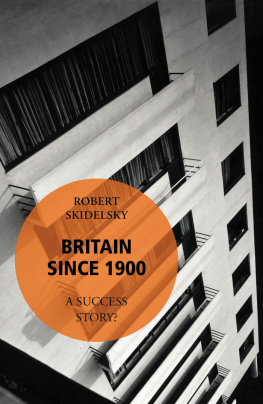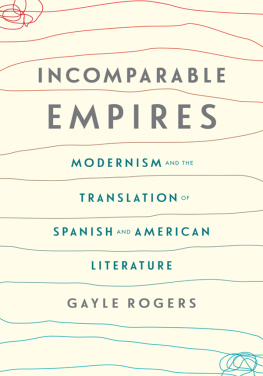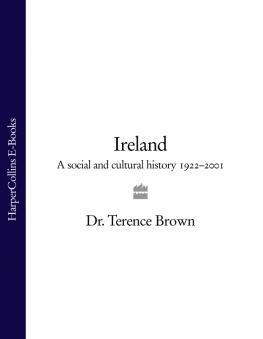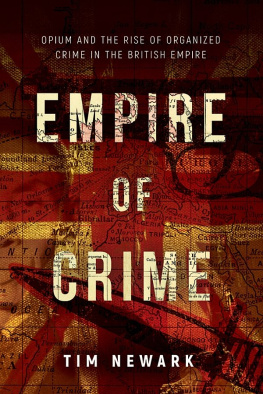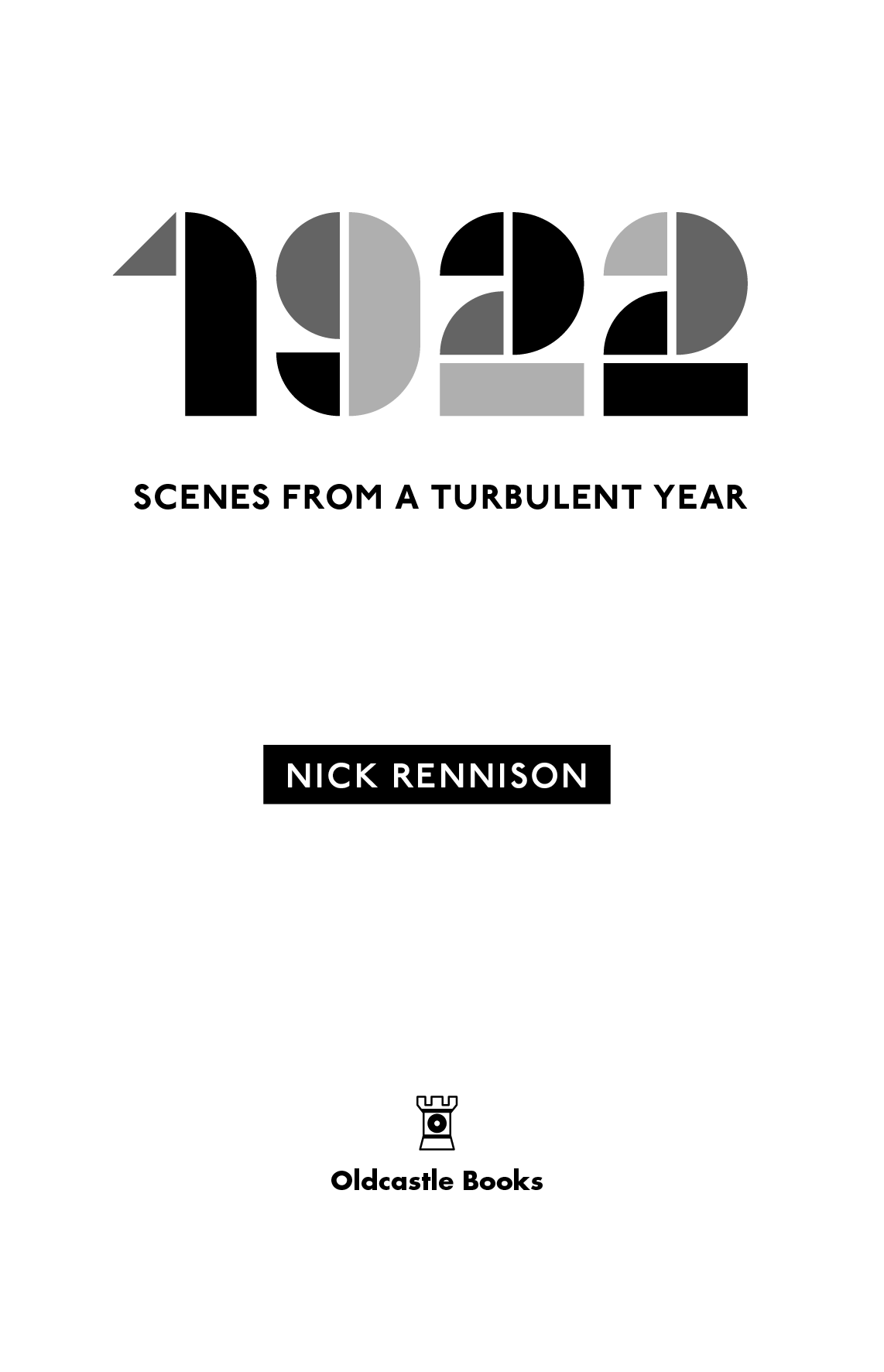PRAISE FOR NICK RENNISON
The exempl ary editorial notes are often as entertaining as the stories Times (Crime Club) on American Sherlocks
An intriguing anthology Mail on Sunday on The Rivals of Sherlock Holmes
These 15 sanguinary spine-tinglers deliver delicious chills Independent on The Rivals of Dracula
A book which will delight fans of crime fiction Verbal Magazine on More Rivals of Sherlock Holmes
This miscellany of miscreants comes highly recommended for anyone with an interest in Londons colourful cultural history, and for readers who are fuelled by the flames of rebellion LoveReading on Bohemian London
A gloriously Gothic collection of heroes fighting against maidens with bone-white skin, glittering eyes and bloodthirsty intentions Promoting Crime Fiction on The Rivals of Dracula
Nick Rennisons The Rivals of Dracula shows that many Victorian and Edwardian novelists tried their hand at this staple of Gothic horror Spectator
A delight for fans of the history of crime writing and lovers of the short story mystery format. I cant think of a more pleasant afternoons reading than this. Fun and informative NB Magazine on More Rivals of Sherlock Holmes
The Rivals of Dracula is a fantastic collection of classic tales to chill the blood and tingle the spine. Grab a copy and curl up somewhere cosy for a night in Citizen Homme Magazine
All in all, this is a fascinating look at a vibrant and informative picture of a period in crime fiction history that was both productive and rich. Crime Review on More Rivals of Sherlock Holmes
The world broke in two in 1922 or thereabouts
Willa Cather
Introduction
I t was a decade with a distinctive character. Even at the time, those who were living through them recognised that the 1920s were unusual. They deserved a special status. In America, they were dubbed The Roaring Twenties or The Jazz Age; in France, they were Les Annes Folles (The Crazy Years). The world had just emerged from a war that had killed millions of people and a global pandemic that had ended the lives of tens of millions more. The so-called Spanish flu, named because Spain had initially seemed one of the most severely hit countries, had first shown itself during the last months of the First World War. It had spread over the next few years, infections coming in several waves, until almost a third of the worlds population is now estimated to have caught it and between 20 and 50 million people had died of it. (Some estimates put the number of fatalities even higher.) Those who had come of age during these years and survived the twin traumas of war and disease were often disoriented and directionless. They were, in the phrase coined by the expatriate American writer Gertrude Stein, the Lost Generation. The only aim many of the members of this generation in Europe and America had was to enjoy themselves. In an era of dance crazes, Hollywood excess, illicit drinking and a relaxation of sexual morals, hedonism was the name of the game.
This determination to party was only one aspect of the 1920s. It was also a period of upheaval and change. Of all the years in this dramatic decade, 1922 was the most turbulent. It was a year which altered the map of the world. In the wake of the war, an empire tottered and fell. The Ottoman Empire, which had survived for 600 years, ended with its last sultan forced into exile. Even the British Empire, which reached its greatest extent in the 1920s, was showing signs of decay. In Ireland, the Anglo-Irish War had come to an end in late 1921. A peace treaty had been signed that created the Irish Free State but triggered a brutal civil war the following year. Egypt had been granted a diluted form of self-government. The independence movement in India was gaining strength. Elsewhere, new nations came into existence and older nations made radical changes in their politics. The last few days of 1922 saw the official foundation of the USSR, the Union of Soviet Socialist Republics. Earlier in the year, Mussolini and his Blackshirts had embarked on their March to Rome which had resulted in Italy becoming the first fascist state.
In the arts, traditional forms were proving inadequate and writers, musicians and painters were seeking different means of expressing themselves. In Anglophone literature, the publication in February 1922 of arguably the most influential novel of the century (James Joyces Ulysses ) was followed in October by that of the most influential poem (TS Eliots The Waste Land ). In society, already changed by the trauma of war, the conventions and morals of the past seemed increasingly outmoded; new ways of thinking and behaving were making their appearance. My book aims to provide a portrait of this rollercoaster of a year.
Through a series of snapshots of events, from murders to football matches, from epoch-changing events like the establishment of the Soviet Union to artistic landmarks, I have attempted to give some sense of what the world was like 100 years ago. Some of what follows will provide reminders that, in LP Hartleys famous words, the past is a foreign country; they do things differently there; some passages will seem all too familiar.
A century later the influence of events from 1922 lives on in many different ways. Modern Ireland has been shaped by what happened in the country that year. The treatment of diabetes with insulin (see January) continues to save and improve lives. The little-known animator who established Laugh-O-gram Films in Kansas City (see May) went on to create a media empire that still plays a central role in popular culture today. Sport still holds the mass appeal it was just beginning to achieve in 1922. Racial divisions still plague modern societies. As we emerge from a worldwide pandemic not so dissimilar to the one experienced by an earlier generation, its easy to understand the determination of so many people in 1922 just to enjoy themselves. I hope that all of these snapshots of a past that sometimes carries surprising echoes of the present prove entertaining and enlightening.
January
Soon after the year opens, one of the greatest scandals in Hollywood history is reignited by the second trial of Fatty Arbuckle. New hope is brought to diabetes sufferers around the world by the first successful treatment of the disease with insulin. The death of Ernest Shackleton on an island in the South Atlantic brings the heroic era of polar exploration to a close. In London, the first performance of an unusual work combining poetry and music heralds the arrival of a major talent. In Washington DC, atrocious weather leads to disaster.
The Fatty Arbuckle Scandal
O n January 11, the second trial of the comedian and film star Roscoe Fatty Arbuckle began. The spotlight of national media publicity was again about to fall on the American film industry and the place that was already synonymous with it. Little more than a decade earlier, Hollywood had been nothing but a small rural community a few miles northwest of Los Angeles, locally renowned for its citrus groves and vineyards. Then the film-makers arrived, in flight from restrictions to their activities on the East Coast and in search of the sun. By 1922, Hollywood was the capital of the booming American film industry. Amongst the movies released that year were Blood and Sand , featuring the screens Latin lover Rudolph Valentino; Foolish Wives , directed by and starring the self-proclaimed genius Erich von Stroheim; and Manslaughter , one of Cecil B DeMilles earliest and most lurid melodramas, complete with an eye-catching orgy scene. In June, Robert Flahertys Nanook of the North , the story of an Inuit hunter and his family, opened in New York. Despite the scepticism of the many movie distributors who had turned it down on the grounds that nobody would be interested in the lives of Eskimos, it became the first commercially successful feature-length documentary in cinema history. It spawned a brief enthusiasm for all things Eskimo, including a Broadway song with the unforgettable lyrics, Ever-loving Nanook/Though you dont read a book/But, oh, how you can love!


